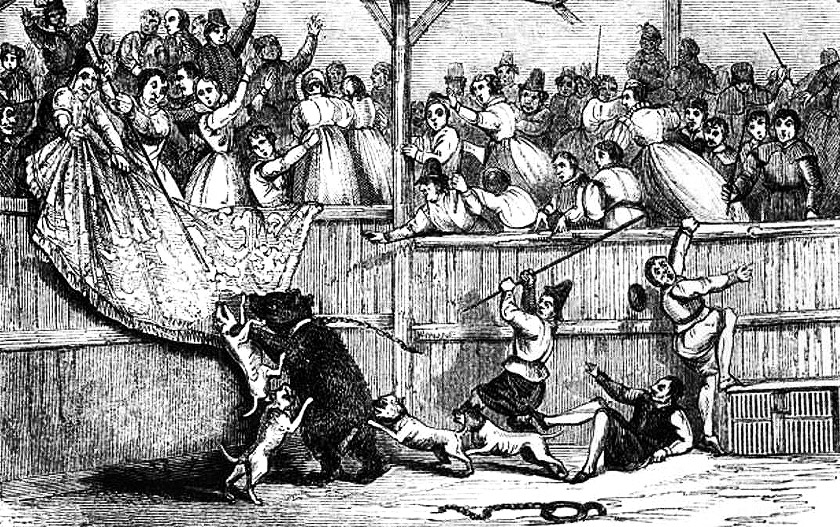
Once a swampy marshland, London’s Southbank (located on the southern bank of the River Thames in central London, between Westminster Bridge and Blackfriars Bridge) was eventually drained and built upon, forming an alternative destination for the theatres that were banned north of the river. Londoners who flocked to see plays during Shakespeare’s time might also have found themselves at the nearby Bear Gardens, where bears, dogs, bulls, rats and even chimps were routinely fought to the death.
A nasty but popular sport, with some royal fans
Bear-baiting dates back to medieval times, but became big business by the mid-1500s when dedicated venues were established on the Southbank. Similar in size and shape the blood-soaked Bear Gardens was once considered to be the main competition to the nearby Globe and Rose theatres.
Bear baiting wasn’t just the domain of the lowly groundlings. Elizabeth I once organised an exhibition for a visiting French ambassador, while James I hosted private shows involving the polar bears and lions from the Tower of London’s menagerie.

A carnival of cruelty
Fights would continue until animals were killed or beaten into submission. Since bears were imported from abroad at great cost, steps were usually taken to ensure they didn’t die in the ring. Some of the bears even became minor celebrities, with nicknames like ‘Ned Whiting’, ‘Harry Hunks’ and ‘Blind Bess’. Another famous bear, the great ‘Sackerson’, was referenced in Shakespeare’s The Merry Wives of Windsor.
Bull-baiting was particularly popular, when dogs were set upon chained bulls. The English bulldog earned its name from its past use as an attack dog in bull-baiting shows.
Dens of idleness and vice
During the 17th century, Puritans denounced the bear-baiting arenas as “dens of idleness and vice” which encouraged gambling, drunkenness and prostitution. London’s main bear-baiting arena was closed briefly in 1656, as part of a moral crackdown by Oliver Cromwell.
Yet in 1662, with Charles II on the throne, a new Bear Garden was built that featured an onsite pub that allowed patrons to watch the blood sports while they drank. Some venues became multi-purpose, with animal fights taking place during part of the day, and plays the other.
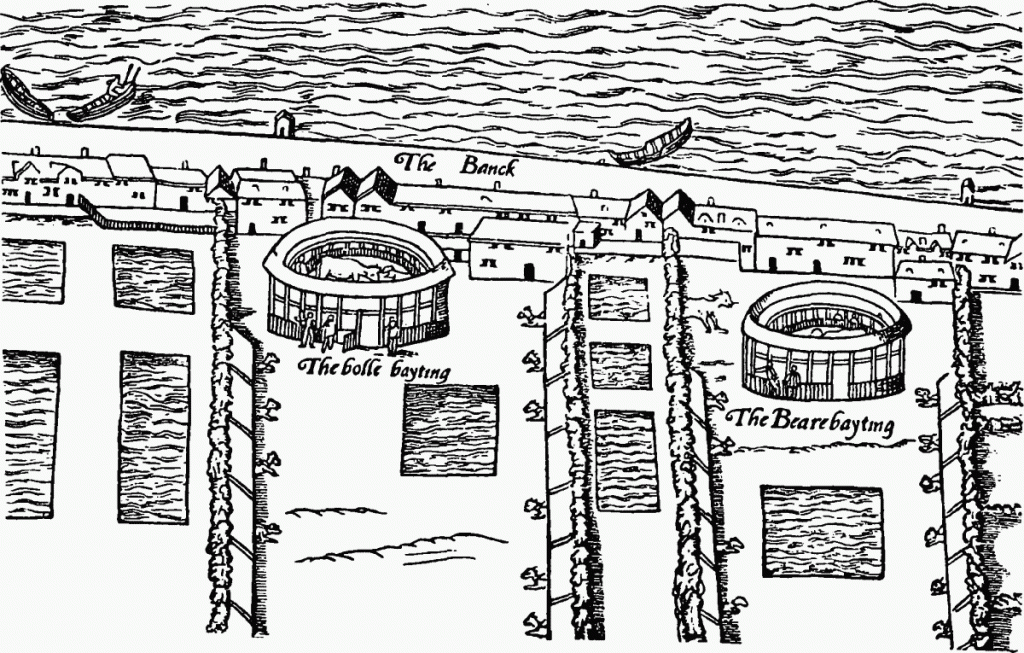
19th century shifting attitudes and a government ban
As a response to shifting attitudes towards animal cruelty by the 19th century, animal baiting was finally banned by an 1835 act of parliament. Today, two streets in Southwark remain that hint towards the Southbank’s grizzly past: ‘Bear Gardens’ and ‘Bear Lane’.

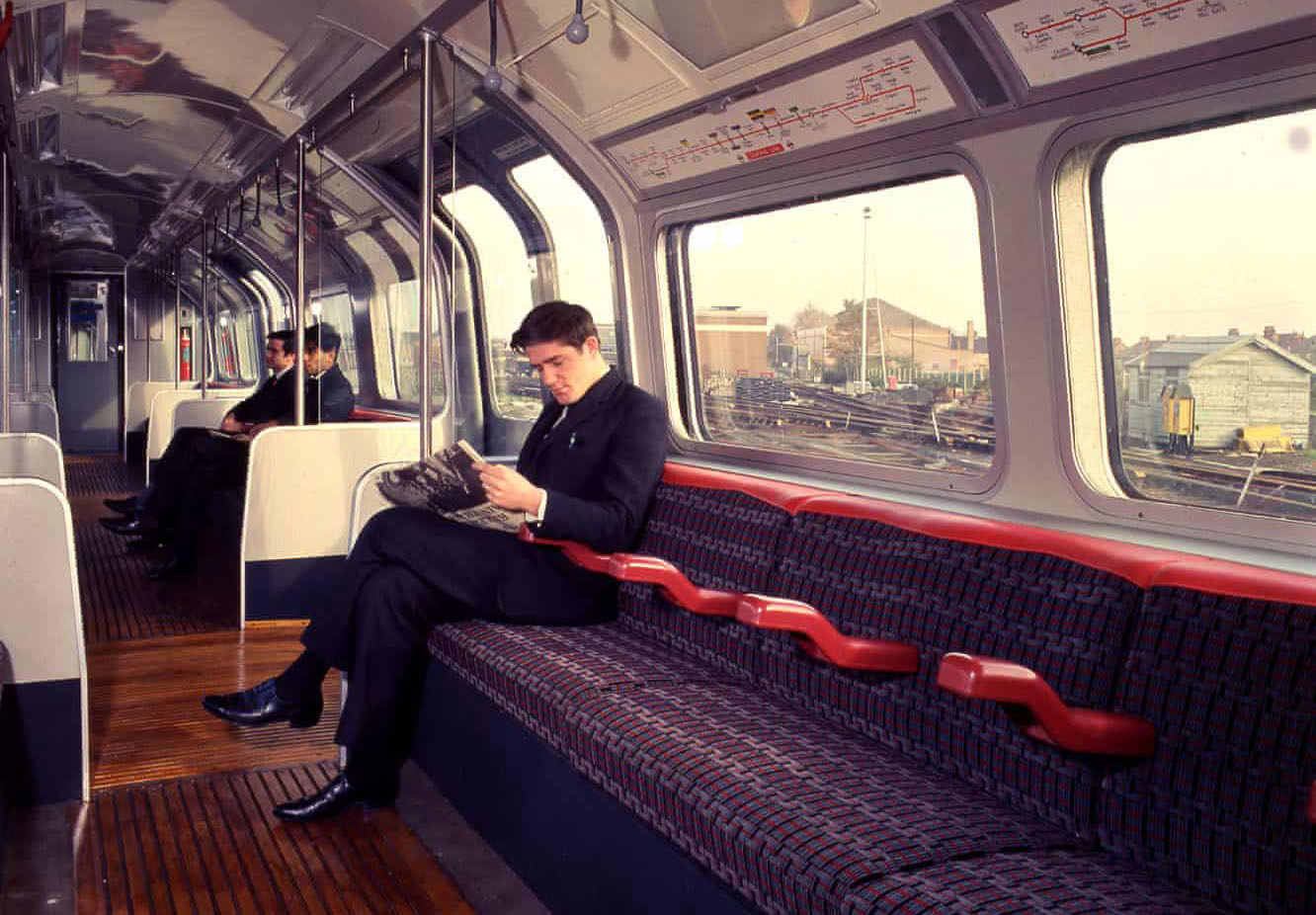
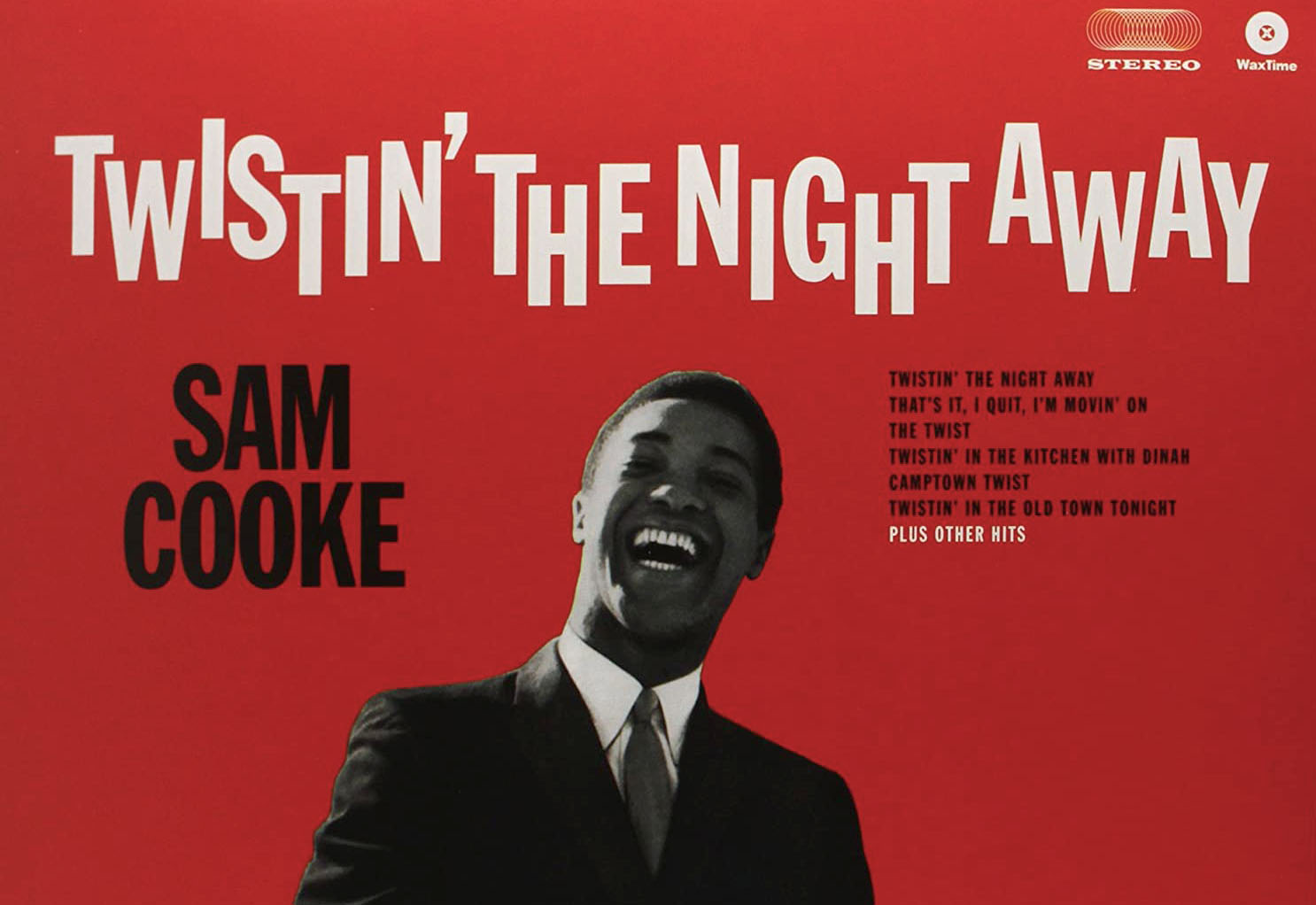
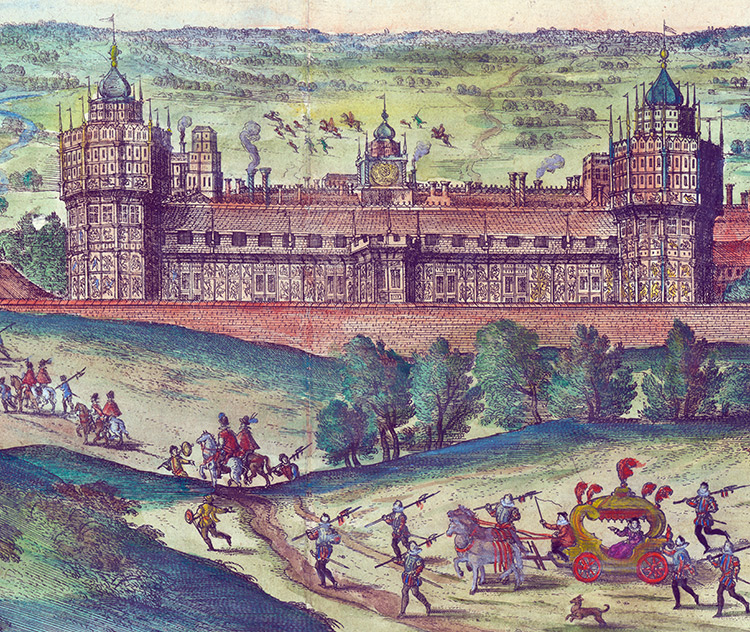
Leave a Reply